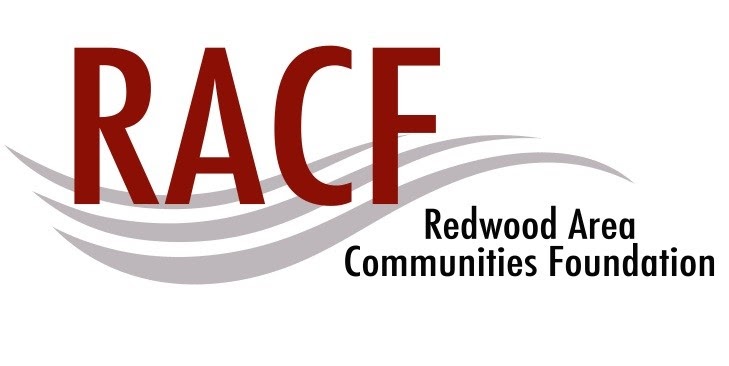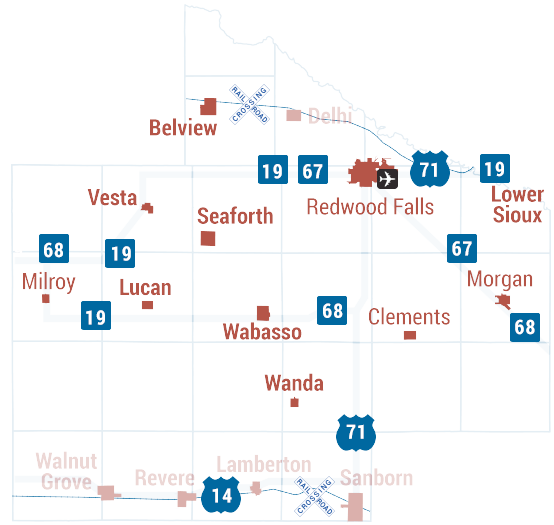Wald is CEO of Specialty Systems – or SpecSys – a business that designs equipment and manufactures it on contract for major companies such as AGCO sprayers and Roto-Mix manure spreaders. His offices are spread out in small southwestern Minnesota towns – Montevideo, Redwood Falls, Cloquet, Granite Falls, Benson and New Ulm, as well as Watertown, S.D. But his projects go worldwide.
SpecSys needs to send big design files over the Internet at top speeds, and that’s not always possible because rural Minnesota is lacking broadband infrastructure. It’s not good for business, he said.
“Hong Kong and Tokyo don’t want to hear the woes of rural Minnesota. They just want the job done,” Wald said.
Even in communities with a high-speed fiber optic connection to homes and businesses, Wald has experienced difficulties in sending data to through the pipeline like they need to.
“As you move into the smaller towns, they don’t have the infrastructure there to do what’s needed to keep up,” he said.
Wald’s company will participate in a panel discussing broadband as a tool for rural development Aug. 4 during Farmfest. The day has been declared Rural Broadband Day at this year’s Farmfest.
Two afternoon sessions scheduled on Aug. 4
The day will start off with a meeting of the Governor’s Rural Broadband Task Force at 9 a.m. in the Wick Buildings Farmfest Center. Then there will be two afternoon panel discussions.
• A panel on Rural Broadband: The Future of Agriculture begins at 1:15 p.m. and includes Mike Macrie, senior vice president of Land O’ Lakes; Jerry Johnson, founder and CEO of Superior Edge; and Jason O'Flanagan, North American field marketing and sales support manager for Advanced Technologies Solutions Group and FUSE Technologies.
• The next panel at 2:30 p.m. will discuss Rural Broadband as a Rural Development Tool. On the panel with a representative from Wald’s company will be Redwood Area Hospital CEO Bryan Lydick along with Lisa Hughes, the regional economic developer for southwestern Minnesota in the state’s Department of Employment and Economic Development (DEED).
‘The new utility of our day and age’
When it comes to getting high-speed Internet connections in rural Minnesota, Wald sees broadband as another utility – such as the rural water or rural electric associations of today.
“It’s no longer a perk,” Wald said. “It is now the new utility of our day and age, of our generation. It’s not just a want, it’s a need.”
He said he would like to see more communities organizing rural cooperatives to bring broadband to underserved areas. The venture is not something that should be left up to private enterprise, many feel.
Widespread area to cover, but fewer customers within
As with rural electricity, the sparsely populated rural landscape makes it expensive to stretch fiber optic cable between would-be broadband users. With so few customers per mile, it’s not a profitable endeavor.
That’s why Minnesota DEED established an office for broadband development. Its mission is to help track the progress made in connecting Minnesota and helps communities gain access to federal funding programs.
Danna MacKenzie is executive director. She said that she hears stories similar to Wald’s all across Minnesota, adding that she has seen communities come together to make big things happen through broadband.
“We really look at Farmfest as a great opportunity to highlight the importance (of high speed Internet),” MacKenzie said.
Rural areas lagging behind in meeting Minnesota goal
Earlier iterations of the broadband task force put goals in place to have the ability to connect at speeds of 10 megabits per second for downloads and 6 megabits for uploading data. Statewide, 87 percent of Minnesota meets that goal, but in rural areas, it’s 75 percent.
To help meet those goals, the state put $20 million into an infrastructure incentive fund in 2014 and added another $10.58 million in this year’s legislative session. That money is currently funding 17 projects across the state.
One is a fiber-to-the-home project in Sibley and Renville counties where local governments formed a cooperative and began working with an Internet service provider to install infrastructure.
Another project in west-central Minnesota has the Federated Telephone cooperative working with Big Stone County to bring fiber to homes.
“One of the things we’re learning is that rural cooperatives are good partners in this work,” MacKenzie said.
They are making progress on connecting rural Minnesota, and MacKenzie said that’s good for business, pointing to Scott County as an example.
Opening the door to economic diversification
The county south of the Twin Cities was able to diversify to a great degree the type of companies employing people there because it has a high-speed connection. Internet retailer Amazon set up a distribution center there. In addition, an online photo company, Shutterfly, chose the community over a region where labor was cheaper because of the high-speed connection, MacKenzie said.
There are benefits for rural health care and education, too, she pointed out. MacKenzie also knows broadband is becoming ever more important in agriculture.
“Every piece of farm equipment you buy these days is full of computer technology,” she said, and broadband helps connect it to the world in a way that makes it fully functional.




.jpg)


